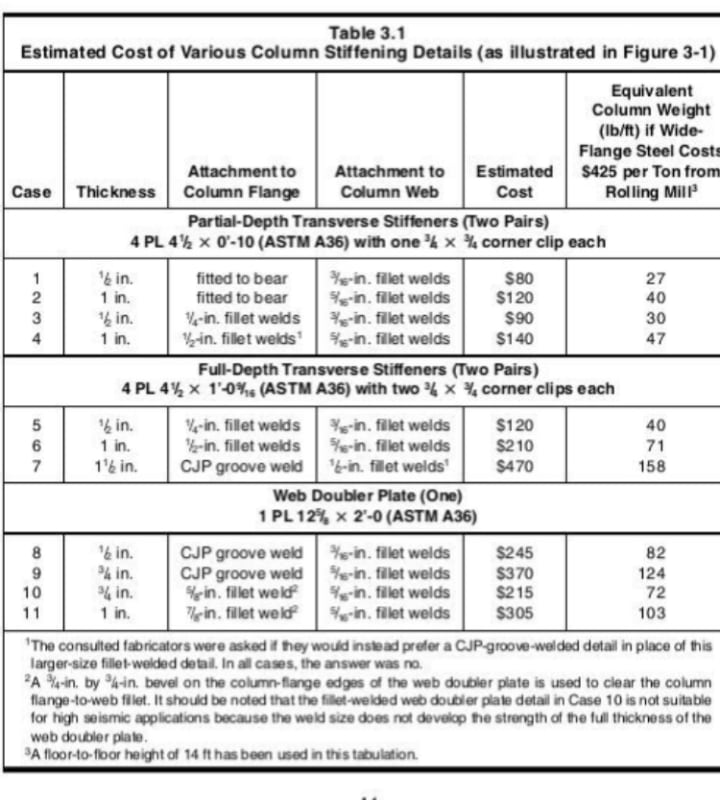mokeenels
Structural
- Aug 15, 2019
- 2
I'm a recent graduate and am working on my first steel connection design package. The connection I am working on is an extended end plate moment connection between a w21x62 beam and a w10x77 column. I was able to design the end plate but was running into issues with the web panel zone shear of the column. I wasn't given any design moments so I used the full capacity of the beam, 540 k-ft. The web panel zone capacity is 151 kips and the force in the flange is 332 kips. Are web doublers the only option in this case? The client wants to stay away from them at all costs.

